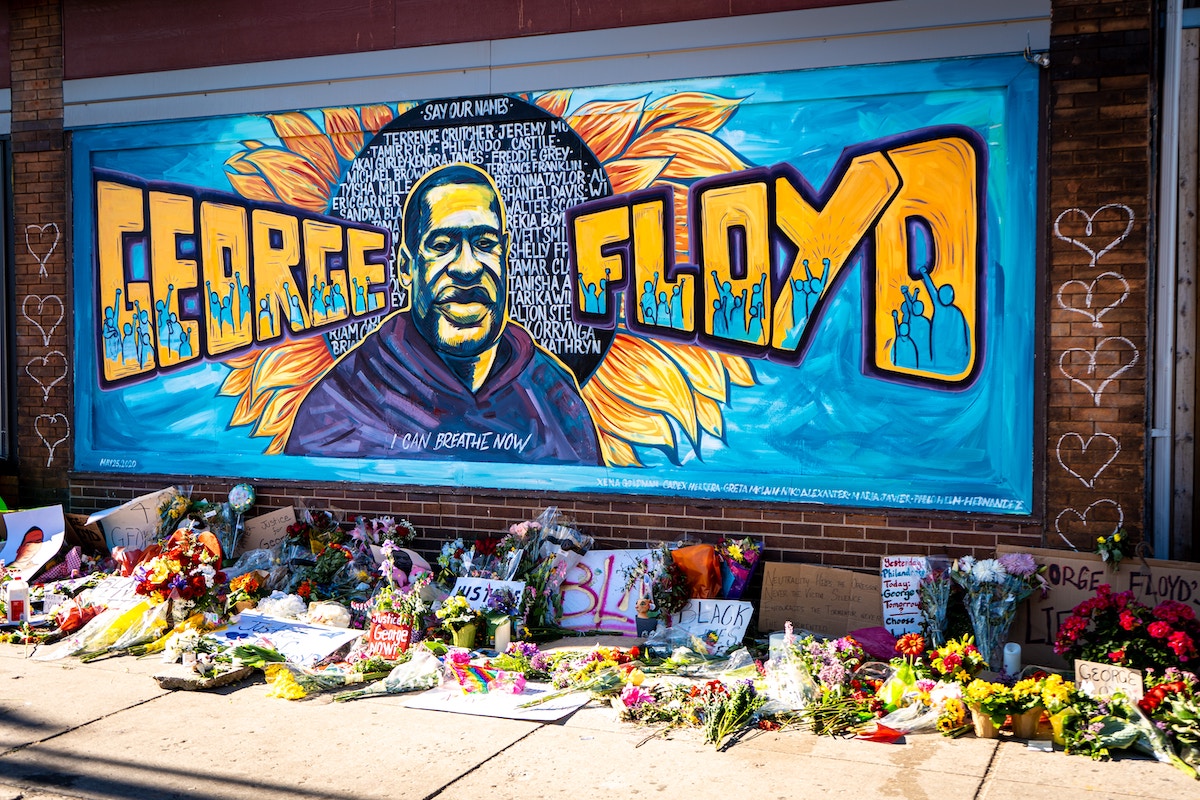By Miguel Prieto | El Tiempo Latino
Reporting from El Tiempo Latino notes the killing of George Floyd by police officers in Minneapolis in 2020 marked a major turning point in the struggle to end police violence targeting mainly black and brown communities. Or so it was hoped.
“It was believed that with the death of George Floyd there would be a before and an after… the data reveals the opposite,” writes Miguel Prieto, citing the latest human rights report from Amnesty International.
According to the study, 1,093 people were shot and killed by police in 2022, with Black and Hispanics overrepresented in the figures, though the report’s authors cite the glaring lack of publicly available information when it comes to tracking police violence.
The numbers are supported by data from the independent non-profit Mapping Police Violence, which tracks incidents of police violence nationwide and says the figures from 2022 mark the highest number of police-related killings in a decade.
This year Mapping Police Violence has recorded 725 police related killings to date. Of these, 147 were African American and 109 were Hispanic, accounting for 35% of the total. If Native Americans, Asian Americans and Pacific Islanders are included that number rises to 277.
Andrea Gerrero, director of Alliance San Diego, tells El Tiempo that the situation is indeed getting worse. “There have only been 9 days this year where police have not killed someone,” she said. “That is, someone is killed by police in this country every day. And that does not include what happens along the border with Mexico.”
The most recent incident involves the killing of Ta’Kiya Young, a pregnant African American woman, who was killed by Ohio police on August 24. A recording was released by local authorities. Young’s family has denounced the killing and are calling for the arrest of the officer involved.
Gerrero blames lax standards within law enforcement, noting that in the US it is left to individual police officers to determine if force is “reasonable,” whereas in other countries police force is permitted only in cases where it is deemed “legitimate, necessary and proportional” to the risks involved.
According to Amnesty International, no single state in the US complies with international standards on the use of police force.
George Floyd’s case “changed the dialogue about police violence in the United States but it didn’t change the rules,” Gerrero stressed. The case of Anastasio Hernández Rojas, an undocumented immigrant killed by border agents in 2010, could do just that.
Hernández, a resident of San Diego for more than 30 years, was brutally beaten by border officials after being forced into a patrol vehicle in front of dozens of witnesses, including government officials from Mexico. A later ruling deemed the use of force that led to Hernández death “reasonable.”
Thirteen years later, the Inter-American Court of Human Rights will hear his case, the first time it will intervene in a case involving an extrajudicial killing at the hands of US law enforcement.
“If the George Floyd case changed the way we talk about police violence, the Anastasio case can change the laws,” said Gerrero.
Read the full story in Spanish at El Tiempo Latino.
Image via Unsplash




